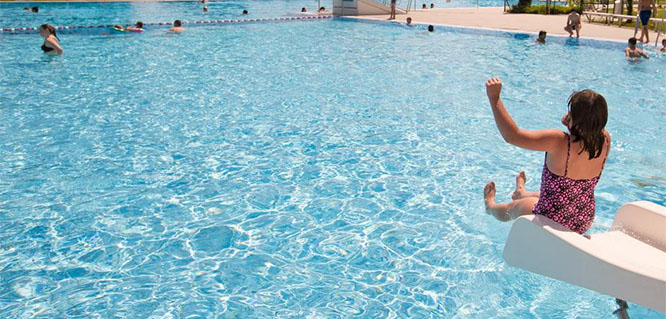Mangalore, December 14: V.J.K. Nair, State Secretary of the Communist Party of India (Marxist), said here on Tuesday that the Bharatiya Janata Party Government in the State had failed to implement the Rs. 2 a kg rice scheme to the poor as promised by it in its 2008 election manifesto.
Addressing CPI (M) workers at the valedictory of the three-day 20th Dakshina Kannada conference of the party at Nehru Maidan, Mr. Nair said the former Chief Minister B.S. Yeddyurappa spoke about distributing rice to the poor at Rs. 2 a kg. “Where is it now?,” he asked.
Mr. Nair said the State Government had been getting funds under the Jawarlal Nehru National Urban Renewal Mission (JNNURM) scheme for developing infrastructure. “Why should it build only bus stands and operate new buses using funds under the scheme. Why can't the Government build mass houses for poor under the scheme?” he said. He said that after building mass houses for the poor, the Government could rent it out.
Mr. Nair alleged that the BJP and the Congress represented capitalists. The country was now witnessing “jobless growth”. He said that earlier there were tiles, cashew, printing press, and weaving unit workers in Dakshina Kannada. Now poor people had become anganawadi and mid-day meal workers and Accredited Social Health Activists. Member of the State Committee of CPI (M) G. N. Nagaraj said that foodgrain and gold prices had gone up at the same pace. Gold prices had gone up as capitalists had purchased it in bulk.
Mr. Nagraj alleged that there was “crony capitalism” in the country. He said that communalism and terrorism were threats to the country. Industrial output in the country had fallen.
CPI(M) Dakshina Kannada district Secretary B. Madhava and member of the State committee of the party K.R. Shreyan were present.
Party workers took out a procession from Ambedkar Circle to the Maidan.






























Comments
Add new comment